Categories
The latest content
-

Customs Clearance & Import Regulations for Bulk Iranian Pinto Beans in EU, Middle East & Africa
..
-
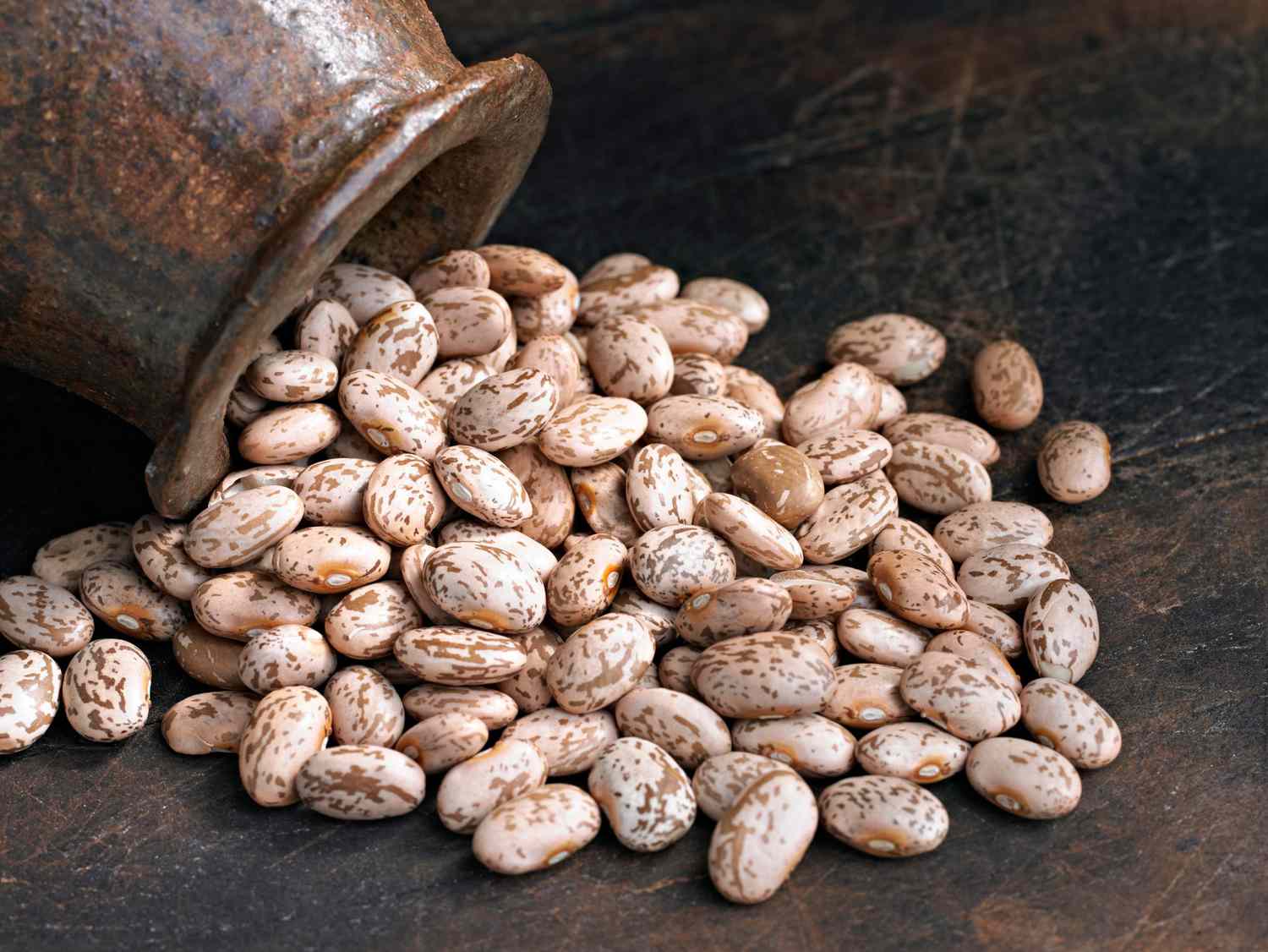
Quality Control & Laboratory Testing Standards for Iranian Pinto Beans
..
-
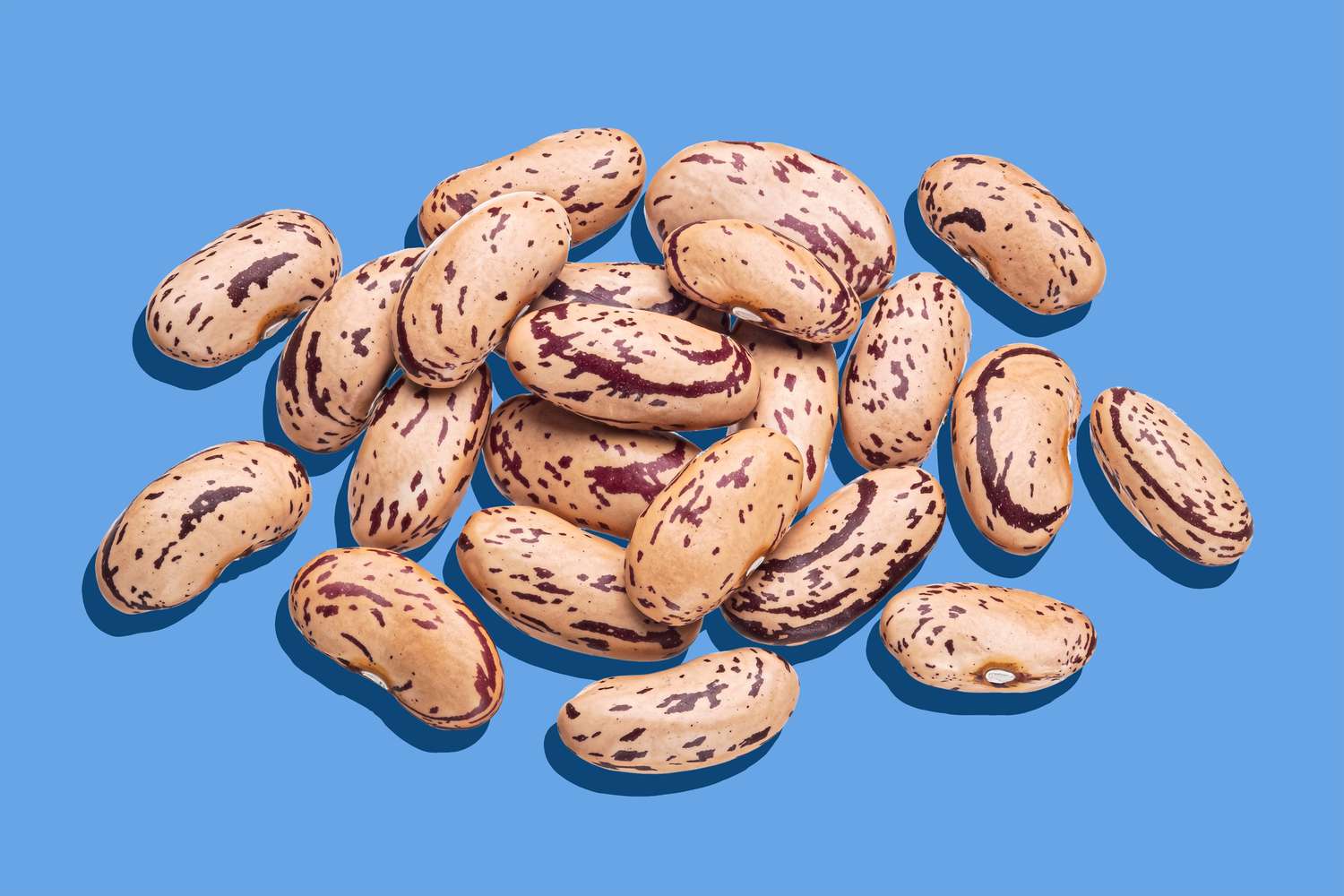
Logistics & Shipping Solutions for Bulk Iranian Pinto Bean Exports
..
-
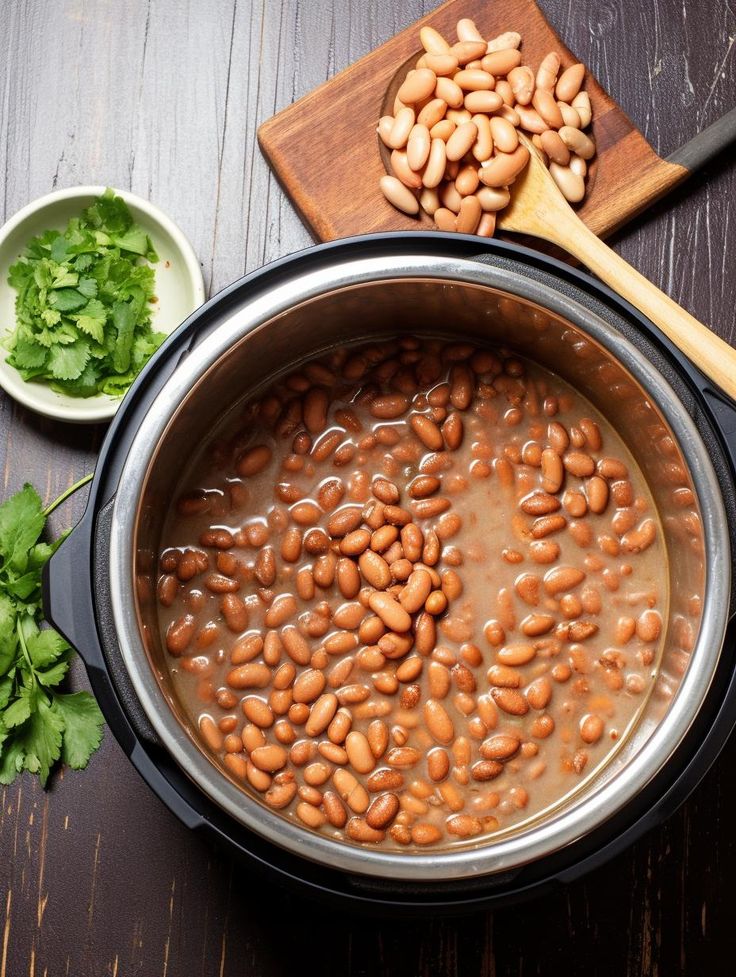
Minimum Order Quantity (MOQ) & Bulk Pricing for Iranian Pinto Bean Buyers
..
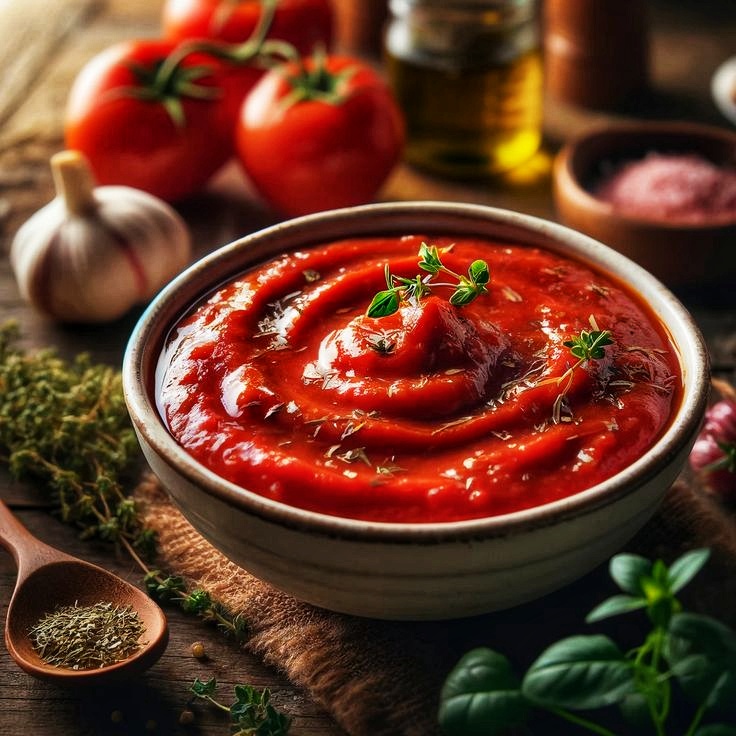
Tags
The Golden Fields: Exploring the Cultivated Area of Iranian Saffron
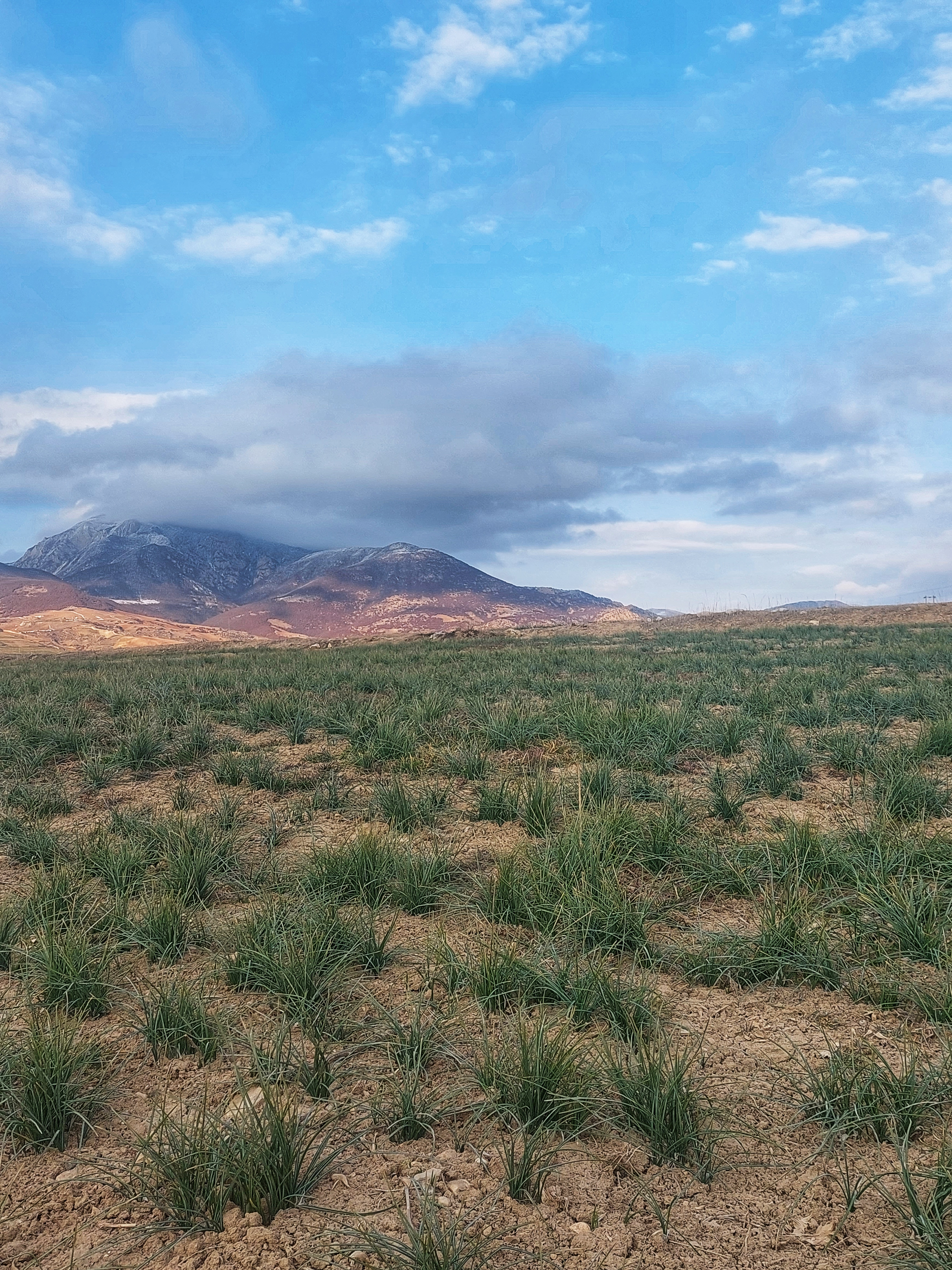
Saffron, the world’s most expensive spice, holds a special place in Iranian agriculture and culture. Known for its vibrant color, unique aroma, and distinctive flavor, Iranian saffron is highly prized globally. This blog post explores the geographical landscape of saffron cultivation in Iran, highlighting the regions where this precious spice is grown and the factors influencing its production.
A Historical Overview of Saffron Cultivation in Iran
Saffron has been cultivated in Iran for over 3,000 years, with its cultivation deeply intertwined with the country’s history and traditions. The practice has been passed down through generations, and Iran remains the largest producer of saffron, accounting for over 90% of the world’s supply.
Key Regions for Saffron Cultivation in Iran
The cultivation of saffron in Iran is concentrated in specific regions that offer the ideal climatic conditions and soil composition. The primary saffron-growing areas include:
1. Khorasan Razavi Province:
o Located in northeastern Iran, Khorasan Razavi is the heartland of Iranian saffron production. This province accounts for the majority of saffron cultivation in the country, thanks to its arid climate, well-drained soil, and suitable altitude.
o Major saffron-producing cities within Khorasan Razavi include Mashhad, Torbat-e Heydarieh, and Gonabad. These regions benefit from experienced farmers and advanced cultivation techniques, ensuring high-quality saffron.
2. South Khorasan Province:
o Adjacent to Khorasan Razavi, South Khorasan is another significant saffron-producing region. The province shares similar climatic and soil characteristics, making it ideal for saffron cultivation.
o Cities like Qaen and Ferdows in South Khorasan are renowned for their saffron farms. The region is known for producing saffron with a high concentration of crocin, picrocrocin, and safranal—compounds that contribute to its color, flavor, and aroma.
1. Other Provinces:
o While Khorasan Razavi and South Khorasan are the primary regions, saffron is also cultivated on a smaller scale in other provinces, including North Khorasan, Kerman, Yazd, and Isfahan.
o In these regions, saffron cultivation is typically undertaken by small-scale farmers who have adapted their methods to suit local conditions.
Factors Influencing Saffron Cultivation
Several factors influence the cultivated area and yield of saffron in Iran:
1. Climate and Weather:
o Saffron thrives in regions with hot, dry summers and cold winters. The Mediterranean-like climate of Khorasan is particularly well-suited for saffron cultivation.
o The timing and amount of rainfall during the growing season significantly impact saffron yields. Optimal moisture levels are crucial for flower development and stigma quality.
2. Soil Composition:
o Well-drained, loamy soil with good organic content is essential for saffron cultivation. The soil should be slightly alkaline to neutral in pH.
o Farmers often amend the soil with organic matter and fertilizers to improve its fertility and water-holding capacity.
3. Irrigation Practices:
o Saffron cultivation typically relies on rainfall during the winter and early spring months. However, supplemental irrigation may be necessary during dry spells to ensure optimal growth.
o Efficient irrigation techniques, such as drip irrigation, are increasingly being adopted to conserve water and improve yields.
4. Cultivation Techniques:
o Traditional methods of saffron cultivation involve planting corms (underground bulbs) in rows and harvesting the stigmas by hand.
o Modern cultivation practices incorporate mechanized equipment for planting, weeding, and harvesting to improve efficiency and reduce labor costs.
5. Government Support and Policies:
o The Iranian government plays a crucial role in supporting saffron cultivation through research and development initiatives, subsidies, and quality control measures.
o Government policies aimed at promoting sustainable farming practices and protecting the geographical indication of Iranian saffron help ensure the long-term viability of the industry.
The Future of Saffron Cultivation in Iran
As global demand for saffron continues to grow, the cultivated area of Iranian saffron is expected to expand. Sustainable farming practices, technological advancements, and government support will be crucial in ensuring the continued success of Iranian saffron production.
Conclusion
The cultivated area of Iranian saffron is a testament to the country’s rich agricultural heritage and the unique conditions that make it ideal for growing this precious spice. From the vast fields of Khorasan to the smaller farms in other provinces, Iranian saffron continues to captivate the world with its exquisite flavor, aroma, and color. Understanding the geographical landscape and factors influencing saffron cultivation provides valuable insights into the world of this golden spice.



